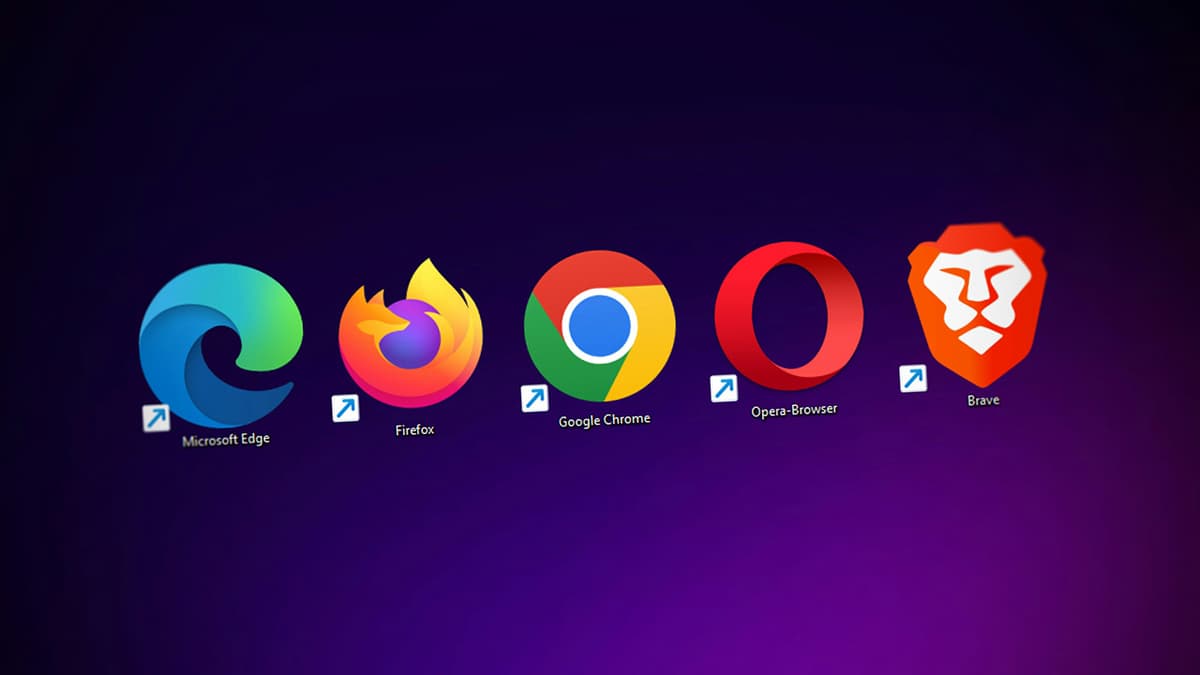Unraveling the Mysteries of Tailwind CSS
In the world of web development, Tailwind CSS is gaining significant traction for its innovative approach to design. This utility-first CSS framework changes how developers create responsive and elegant designs.
Tailwind CSS stands out due to its unique styling method. Instead of providing predefined components, it offers low-level utility classes. This gives developers the freedom to build custom designs without writing extensive custom CSS.
A New Approach to Styling
Tailwind CSS was created by Adam Wathan and has quickly become a favorite among front-end developers. Its concept is straightforward: apply styling directly within HTML by adding utility classes. Each class has a specific function, such as setting margins, changing text colors, or adjusting font sizes. This method, known as functional CSS, promotes composition and reuse while avoiding global namespace conflicts in CSS.
The Benefits Unpacked
Tailwind CSS offers several advantages that make it appealing for developers:
Speedy Development
Using utility classes directly in markup accelerates the development process. There is no need to switch between CSS files and HTML. The styles appear in real-time, enhancing productivity.
Customization Options
Tailwind is highly customizable. A configuration file allows you to define your design system, including colors, fonts, breakpoints, and more. This lets you create a design that fits your project perfectly.
Responsive Design Made Easy
Building responsive designs is simple with Tailwind’s mobile-first strategy. It provides a range of responsive utility classes, ensuring beautiful web pages on any device.
Consistency
Utility classes promote consistency in design. Reusing the same classes throughout a project makes it easier to maintain and reduces variations in style.
Less CSS Bloat
There is a misconception that Tailwind bloats HTML with classes, but the final CSS bundle is often small. Tailwind's PurgeCSS feature scans files and removes unused styles, resulting in fast-loading products.
Learning Tailwind CSS
Starting with Tailwind CSS is straightforward. You can integrate it via npm, yarn, or a CDN for smaller projects. The documentation available on the Tailwind CSS website is excellent. It offers clear examples and explanations to ensure a smooth learning experience.
As you adopt the utility-first mindset, creating intricate designs becomes more intuitive. While the number of utility classes may initially seem daunting, they follow a consistent naming scheme that simplifies learning.
Testimonials and Case Studies
Many companies and developers endorse Tailwind CSS, highlighting its effectiveness. For example, ConvertKit, an email marketing platform, utilizes Tailwind CSS for its user interface. Their team appreciates the rapid UI development it allows while maintaining a consistent design.
Is Tailwind CSS Right for You?
Tailwind CSS is ideal for those who want full control over their designs without the complexities of traditional CSS. It suits small projects focused on speed and large-scale applications that require maintainability.
Tailwind CSS offers a fresh perspective on styling web pages. It encourages creativity and efficiency in the development process. For those seeking a tool that marries flexibility with control, Tailwind CSS is a promising option.












